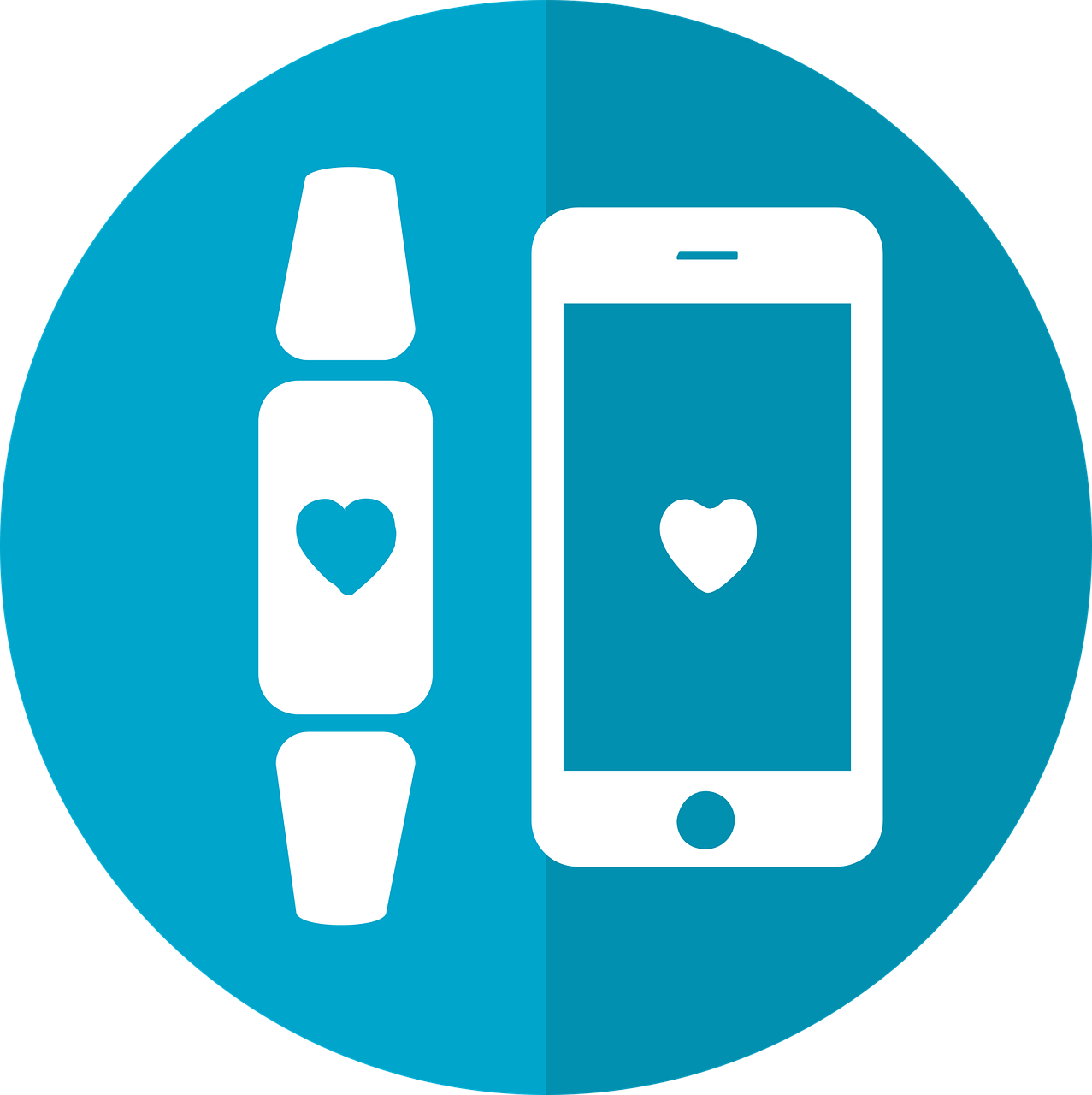
Since the mid-20th century, the beginning of the digital revolution, computer technology has advanced exponentially, becoming an integral part of everyday life. One area that has lagged behind in adopting novel tech is health care… until now. Social distancing measures mandated by government authorities during the COVID-19 pandemic have catalyzed an increase in the use of digital technology and highlighted its importance in providing essential health care. Eileen Davidson, who lives with rheumatoid arthritis, remarks, “It’s transforming the care I have as someone with a chronic illness, especially as a single mom.”
Connecting patients to care

Telehealth, or virtual health care appointments, have enabled patients and health care providers to connect with each other without having to travel to meet in person. “It connects health care providers to patients who may not otherwise have access,” Eileen points out. Adoption of telehealth has enabled patients living in rural areas or with mobility concerns to connect with specialists they may not have had access to previously.
Advancing Health Scientist Dr. Michael Krausz understands the importance of being able to access necessary health information and support. Dr. Krausz and his team developed an internet-based health care program called Walk Along, which acts as virtual mental health companion. It includes resources that can track mood, sleep, and exercise, a community posting board, and quick and easy tips to help people get through the day. The program also provides information for friends and family on supporting someone experiencing challenges with their mental health.
Involving the patient in technology development
One thing that’s clear from the rise of technology is that there is plenty of choice, which isn’t always a good thing. For example, the Apple App Store has nearly two million apps, but a quarter of those downloaded between 2010 and 2019 were used just once. There’s no point in integrating technology into health care if it’s not going to be used, which is why it’s important to get patients involved.

That’s exactly what Advancing Health Scientist Dr. Linda Li and her team did for patients living with rheumatoid arthritis, as part of her project with PRECISION. In Dr. Li’s study, a web app called FitViz was developed to share data collected from patients’ Fitbits with their health care providers. “Part of the goal of the visualization is to not make people feel bad if they weren’t able to reach their goals, but to be informative,” says Dr. Li. “Fatigue is an issue, so the Fitbit data, sent to the health care provider via FitViz, gives them a gateway to inform their patients when they are over-exerting and teaches pacing.”
 This initial technology led to the development of the mobile and web app called OPERAS; Eileen was a member of its patient advisory board. “By being engaged in the research, not only was I benefiting myself by helping develop the app and giving my opinion towards a tool I genuinely enjoy using, but my experience as a patient provided a helpful perspective about what would be useful for others living with chronic disease.”
This initial technology led to the development of the mobile and web app called OPERAS; Eileen was a member of its patient advisory board. “By being engaged in the research, not only was I benefiting myself by helping develop the app and giving my opinion towards a tool I genuinely enjoy using, but my experience as a patient provided a helpful perspective about what would be useful for others living with chronic disease.”
Technology is cool, but patients come first
There are a few reasons why people in health care have been cautious when adopting new technology, but reliability (Zoom meeting glitches, anyone?) and privacy are at the forefront. When either one of these are compromised, it can be detrimental for the patient.

In an effort to minimize human error in health care, various applications of artificial intelligence (AI) are being researched for use across different medical fields. “The question is accuracy,” says Dr. Anita Ho, Advancing Health Scientist and bioethicist specializing in health services research. “We put a lot of faith in technology, assuming it’s going to be better. With AI, there are possibilities of errors and biases but we don’t know about them until later.” Currently, research studies generally support its use as a tool to help health care providers, but certainly not as a replacement.
Patient monitoring vs patient privacy
Concerns about privacy are especially true when technological advances are applied to patient monitoring, a rapidly growing area in health care enabled by the modern digital era. Discharging patients sooner, equipped with monitoring devices, allows them to return home earlier and frees up hospital beds and resources for incoming patients.
 Dr. Ho elaborates, “If patients can be monitored at home using devices integrated with their daily activities, the hope is that we can lower health care costs, engage patients more in their day-to-day lives, and provide preventative care.” She also notes that there are questions about privacy: “What data is being collected? For what purpose? Who has access?” These are all important questions that need to be considered when integrating any digital health monitoring initiative for patients in order to protect them and their health care information.
Dr. Ho elaborates, “If patients can be monitored at home using devices integrated with their daily activities, the hope is that we can lower health care costs, engage patients more in their day-to-day lives, and provide preventative care.” She also notes that there are questions about privacy: “What data is being collected? For what purpose? Who has access?” These are all important questions that need to be considered when integrating any digital health monitoring initiative for patients in order to protect them and their health care information.
“There is also the idea of the panopticon where the patient is being observed at all times, and that could cause people to act differently knowing that they are being monitored. Ambient sensors can be in the background and seem non-intrusive, but for some people that could feel even more creepy,” Dr. Ho illustrates.
Although the idea of having home health monitoring might seem far off, there are already many devices commercially available: fitness and sleep trackers, glucose monitors, smart health monitoring devices, microbiome tests for gut health, and more. Currently, these are used at the consumer level at the discretion of the individual, but in the near future they may be used to help health care providers deliver better-informed care. Dr. Li is already working with patients and their Fitbits to improve their health!
Technology is here to stay
Although the adoption of new technology in health care might seem slow, it is for good reason: The patient is the priority. However, patients are becoming increasingly receptive to digital health technology. Specifically, a national poll conducted by the Canadian Medical Association showed that Canadians are overwhelmingly satisfied with virtual health care.
“Integrating technology as part of my health care has given me an opportunity to focus on me being me rather than being a patient,” states Eileen.
—
For more insight on virtual care from a patient’s perspective, Eileen Davidson has authored articles discussing how it has changed her chronic illness treatment for Healthline and CreakyJoints. She also writes an engaging, informative blog about living with rheumatoid arthritis as Chronic Eileen.
The OPERAS research project is actively recruiting participants around the world who live with rheumatoid arthritis. Click here for more information.



